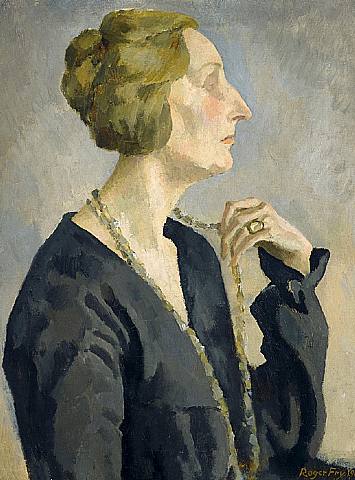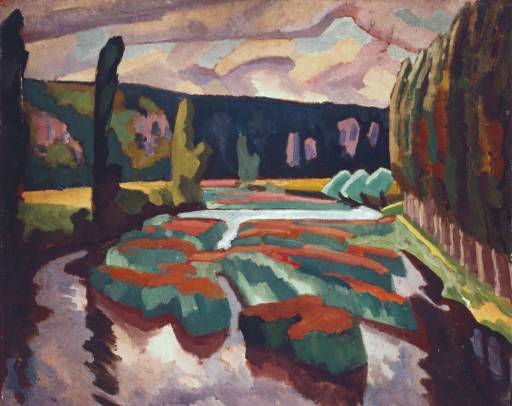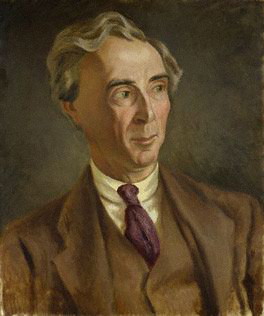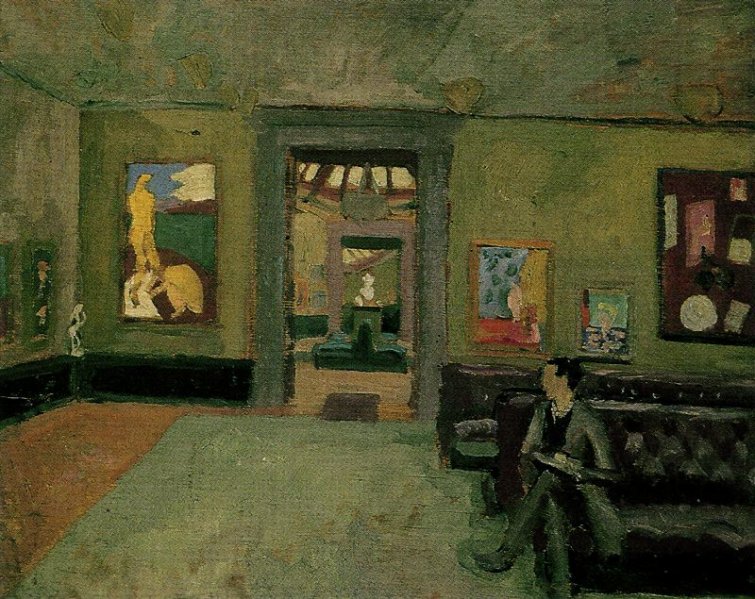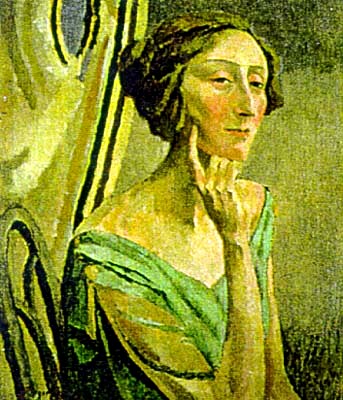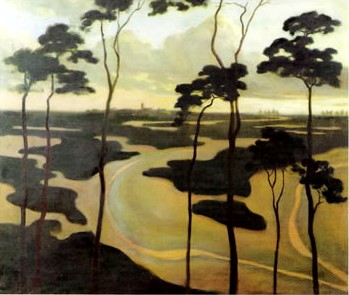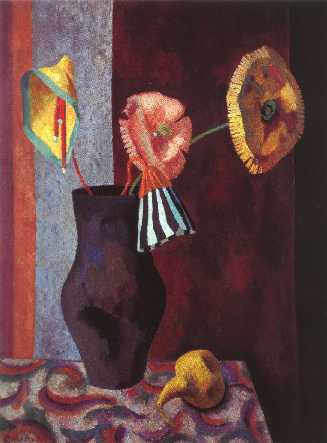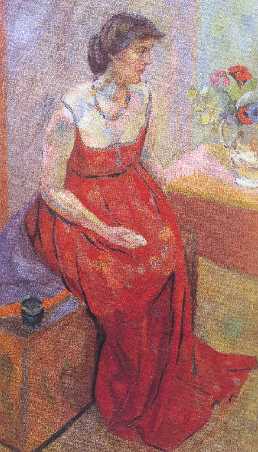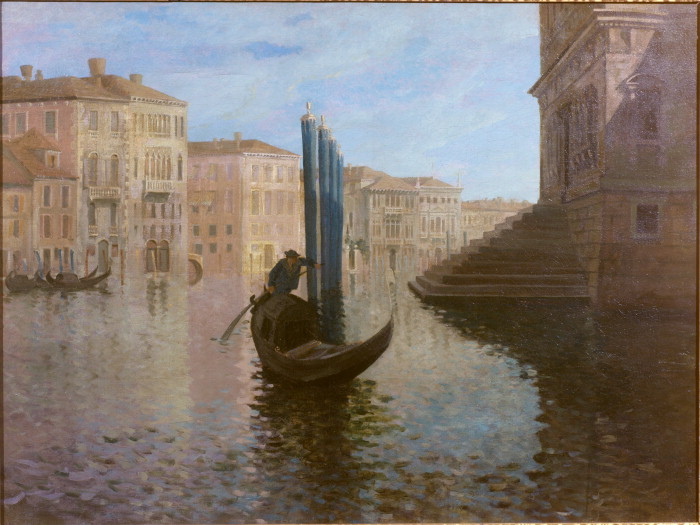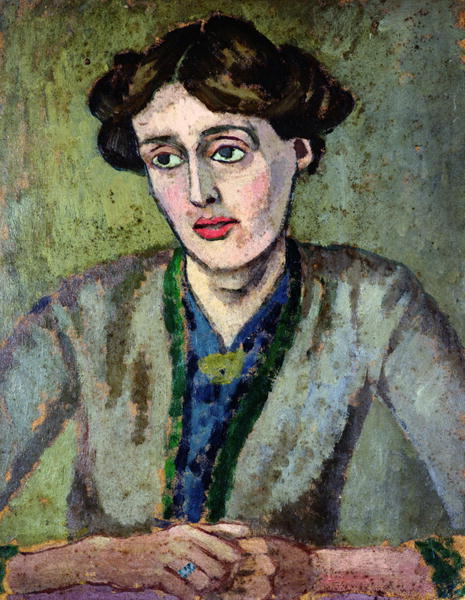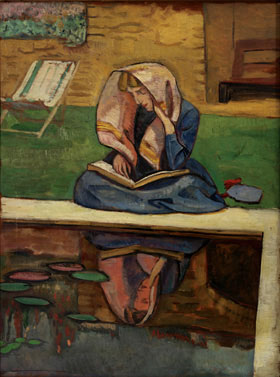<Back to Index>
- Geneticist Edward Lawrie Tatum, 1909
- Painter Roger Eliot Fry, 1866
- King of the United Kingdom George VI, 1895
PAGE SPONSOR
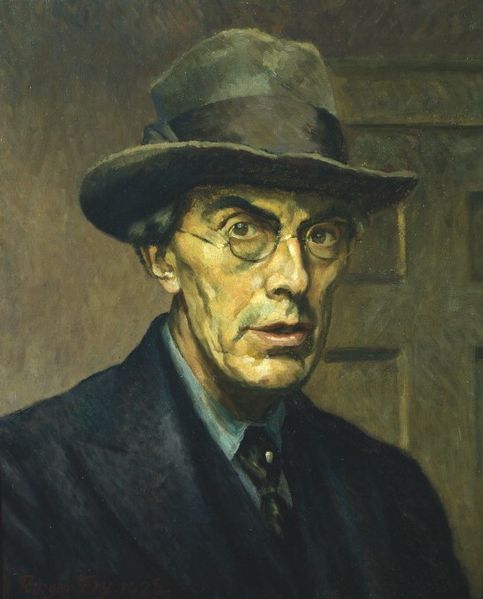
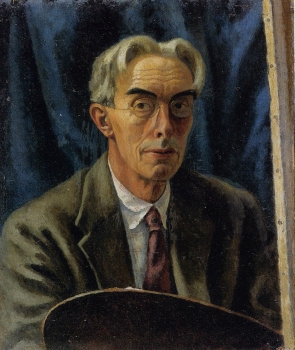
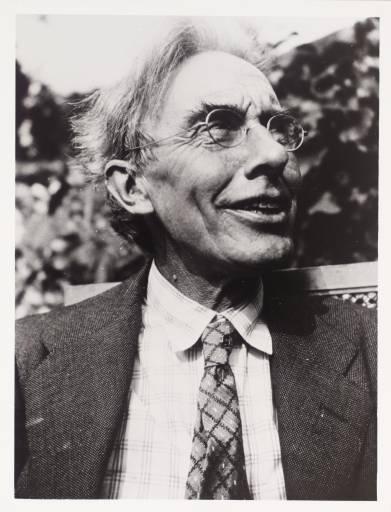
Roger Eliot Fry (14 December 1866 – 9 September 1934) was an English artist and art critic, and a member of the Bloomsbury Group. Establishing his reputation as a scholar of the Old Masters, he became an advocate of more recent developments in French painting, to which he gave the name Post - Impressionism. He was the first figure to raise public awareness of modern art in Britain, and emphasized the formal properties of paintings over the "associated ideas" conjured in the viewer by their depicted content. He was described by the art historian Kenneth Clark as "incomparably the greatest influence on taste since Ruskin... In so far as taste can be changed by one man, it was changed by Roger Fry".
Born in London, the son of the judge Edward Fry, he grew up in a wealthy Quaker family in Highgate. Before going up to Cambridge, Fry was educated at Clifton College. Fry studied at King's College, Cambridge, where he was a member of the Cambridge Apostles. After taking a first in the Natural Science tripos, he went to Paris and then Italy to study art. Eventually he specialised in landscape painting.
In 1896, he married the artist Helen Coombe and they subsequently had two children, Pamela and Julian. However, Helen soon became seriously mentally ill. In 1910, she was committed to a mental institution, where she remained for the rest of her life. Fry took over the care of their children with the help of his sister, Joan Fry. That same year, Fry met the artists Vanessa Bell and her husband Clive Bell, and it was through them that he was introduced to the Bloomsbury Group. Vanessa's sister, the author Virginia Woolf later wrote in her biography of Fry: ‘He had more knowledge and experience than the rest of us put together'. The artist William Rothenstein, however, observed around the same time that he considered Fry ‘a bit crazy’.
In 1911, Fry began an affair with Vanessa Bell, who was then experiencing a difficult recovery from the birth of her son Quentin. Fry offered her the tenderness and care she felt was lacking from her husband. They remained lifelong close friends, even though Roger's heart was broken in 1913 when Vanessa fell in love with Duncan Grant and decided to live permanently with him.
After short affairs with such artists as Nina Hamnett and Josette Coatmellec, Roger too found happiness with Helen Maitland Anrep. She became his emotional anchor for the rest of his life, although they never married (she too had had an unhappy first marriage, to the mosaicist Boris Anrep).
Fry died very unexpectedly due to a fall at his home. His death caused great sorrow among the members of the Bloomsbury Group, who loved him for his generosity and warmth. Vanessa Bell decorated his casket before he was buried at Kings College Chapel in Cambridge. Virginia Woolf, Vanessa's sister, novelist and a close friend of Roger as well, was entrusted with writing his biography, published in 1940. In the 1900s, Fry started to teach art history at the Slade School of Fine Art, University College London. In 1906 Fry was appointed Curator of Paintings at the Metropolitan Museum of Art in New York. This was also the year in which he "discovered" the art of Paul Cézanne, beginning the shift in his scholarly interests away from the Italian Old Masters and towards modern French art. In November 1910, Fry organised the exhibition Manet and the Post - Impressionists (a
term which he coined) at the Grafton Galleries, London. This exhibition
was the first to prominently feature Gaugin, Manet, Matisse, and Van
Gogh in England and brought their art to the public. Virginia Woolf
later said, "On or about December 1910 human character changed,"
referring to the effect this exhibit had on the world. Fry followed it
up with the Second Post - Impressionist Exhibition in 1912. It was patronised by Lady Ottoline Morrell, with whom Fry had a fleeting romantic attachment. In 1913 he founded the Omega Workshops, a design workshop based in London's Fitzroy Square, whose members included Vanessa Bell and Duncan Grant. A Blue plaque was unveiled in Fitzroy Square on 20 May 2010. In 1933, he was appointed the Slade Professor at Cambridge, a position that Fry had much desired.
